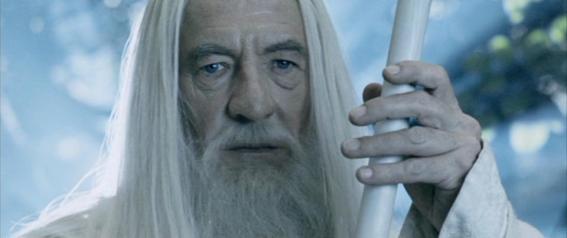Yesterday, as I was typing up a scene for my novel-in-progress, I realised that I had included a lot of descriptions/use of colour. The scene itself is set indoors, in a rather dimly lit room, so all the colours were dark and kind of “grimy”. I described an antagonist’s ink-black eyes, a non-human bodyguard’s clay-coloured skin and the blazing hearth which seems to glow a murky grey-brown. It’s the first draft still, so I didn’t look back over it, lest I realise that it’s utter drivel and consign it to the Writing 2012 folder on my desktop. I knew the descriptions were not up to par and I was just getting the images in my head down on paper. I also immediately thought: Wow, that’s a lot of colours I’ve just written about.

But then, this morning, I got thinking. Colours are important. I know that in fiction sometimes less is more, but I enjoyed describing these different colours and working them into the scene. After reading it all the way through, the reader should have a fusion of black, rust-brown and copper in their head and they’ll paint everything else that they read about in the scene with those colours. Everything except the protagonist, of course. This is where the power of colour comes into play…
Think about Lord of the Rings. Gandalf the Grey merges into everything around him. He’s a neutral colour in the world of Middle-earth and nobody really considers him anyone to be amazed by. Then he becomes Gandalf the White and suddenly he’s transformed. Now he’s an infinitely wise prophet who rides a white steed and blinds the enemy with his pureness. He stands out, because nothing else in the world is white, until you get to Minas Tirith, which is then led in its defence by none other than Gandalf. When you first meet Saruman (at least in the movies) you see that he has hints of black in his beard and his robes are kind of cream/dull white–there are hints of his corruption by Sauron already.

In my own story, my protagonist’s primary colours are midnight blue and a vivid red. Nobody else in the story dresses in those colours–they are rare, foreign and reserved for my protagonist. I like to build colour themes around certain groups of characters. My antagonist and his henchmen, for instance, constantly suggest at black, muted browns and oranges. Another character is strongly accompanied by dark green and fiery orange-red. See, there’s the kicker: she has some elements of the antagonist’s colours and the protagonists–is she a friend or a foe? Can she be trusted? The green elements suggest she stands on her own, that she’s wild and independent.
What do you think? How important do you feel colours are when writing?


